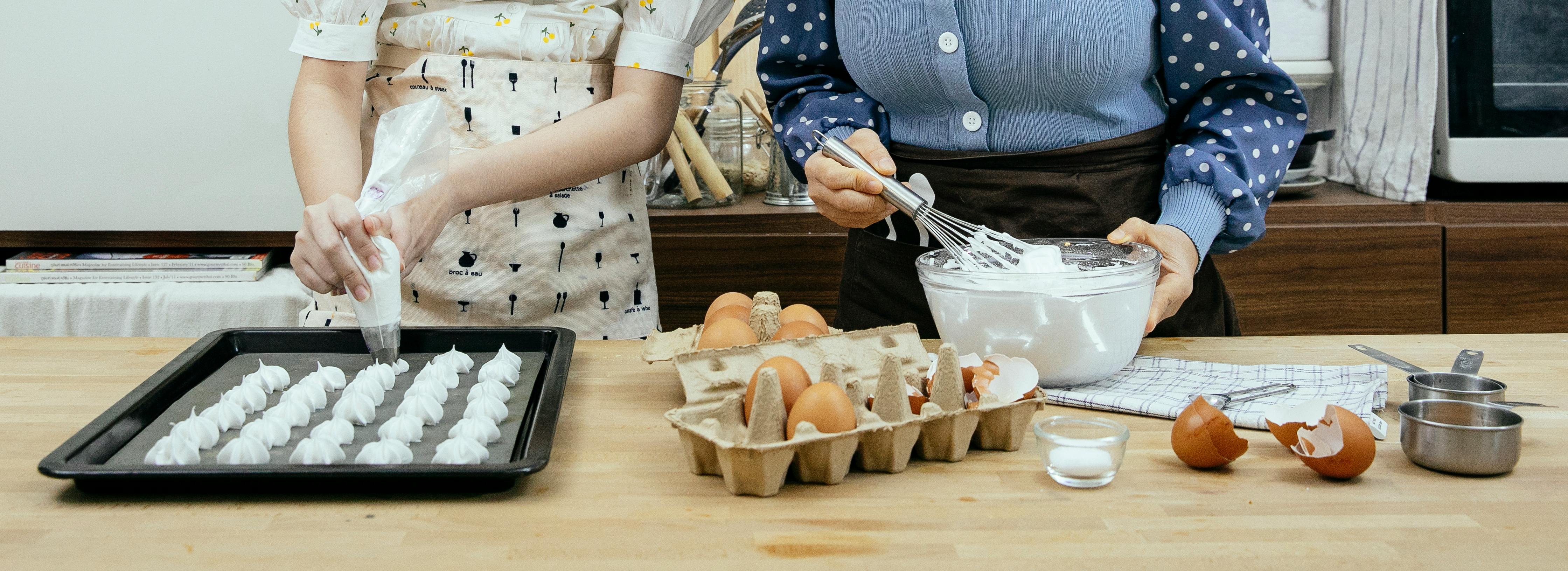The art of wood engraving has a long tradition, particularly in Chinese and Japanese cultures. Woodcut is capable of producing a wide range of effects, from the subtle, multicolored, poetic, and detailed prints of Oriental artists to the bold, expressive, graphic, black-and-white prints of early-20th-century German Expressionist artists.
Making a woodblock print is simple, does not require expensive material, and can even be done without a printer.
The materials needed to create a woodcut are as follows:
o Block printing ink, either water or oil based
o Wood block: soft wood such as pine or linoleum
o Ink roller – rubber
o Wood cutting tools: V-shaped, U-shaped and straight edged
o Engraving paper – acid free engraving paper – either standard white or handmade papers of any kind
o Wooden or printing spoon: a large wooden spoon with a wide, flat back surface or an engraving press
o White pencil – conti or pastel pencil
STEP 1. Preparation of the Block
Once you have your block of wood and cutting tools, you’re ready to begin the creative process. One important factor to keep in mind when getting started is that the print will be a mirror image of the image you dipped on your block. You need to sketch out your idea on paper first, then cover your block in a thin layer of black ink using your ink roller and some black printing ink. Allow the ink to dry, then draw your image on the plate with a white pencil or white ink pen. The black ink layer on the block will make your image more visible as you carve the image onto the block.
STEP 2. Carving the image
Using your carving tools, carve the image into the wood. If you want an expressive image, cut and carve the wood aggressively with a wide cutting tool and don’t worry about detail, and conversely, if you want a more realistic detailed image with a smaller V-shaped tool, go slowly and carefully. cut your image on the block.
STEP 3. Image test
At any time during the carving process, you can proof your image so that you can assess how your print will look and so that you can adjust your process if necessary. You should be aware that the test will cause the lighter carved areas of your block to darken when you clean your block after the test. This may be something you don’t want because it will change how you display your image in the block.
STEP 4. Ink the block
Well, you’ve carved your image and it looks amazing! You are now ready to print his masterpiece. Squeeze some ink out onto a smooth, flat, non-absorbent surface such as glass and roll out a very thin layer of ink. Don’t use a back and forth motion with the roller; roll the ink, say, pick up your roller and roll it the same way repeatedly until you have a thin layer of ink on your roller. Multiple coats of fine ink is what you are looking for on your block. Too much ink in the block will bleed into the carved areas and your image will not print correctly and conversely too little ink in your block will produce a smeared print and the edges of your image will not be crisp or sharp. You will have to experiment by trial and error to find the right inking technique.
STEP 5. Printing the Block
If you have access to a print shop, this is the easiest and best way to print your block. Ink your plate, place it in the press, cover the block with your printing paper, cover the paper with the press blanket, set the roller pressure and slowly roll the block through the press. Carefully lift the paper off the block and there you have it, your woodcut masterpiece. Set it aside in a safe place to dry. Limit your edition to about 50 pints because image quality will deteriorate after so many copies. If you don’t have access to a printing press, you can use a wooden spoon or similar tool to make your print. Ink your block, place your paper on top of your block and using a flat wooden surface, rub the paper against the block in a steady circular motion until you feel the ink has transferred to the paper. If in doubt, peel off the paper in one corner and judge your technique, adjusting the pressure if necessary. Obviously, the effectiveness of this technique is best suited for smaller block prints.
